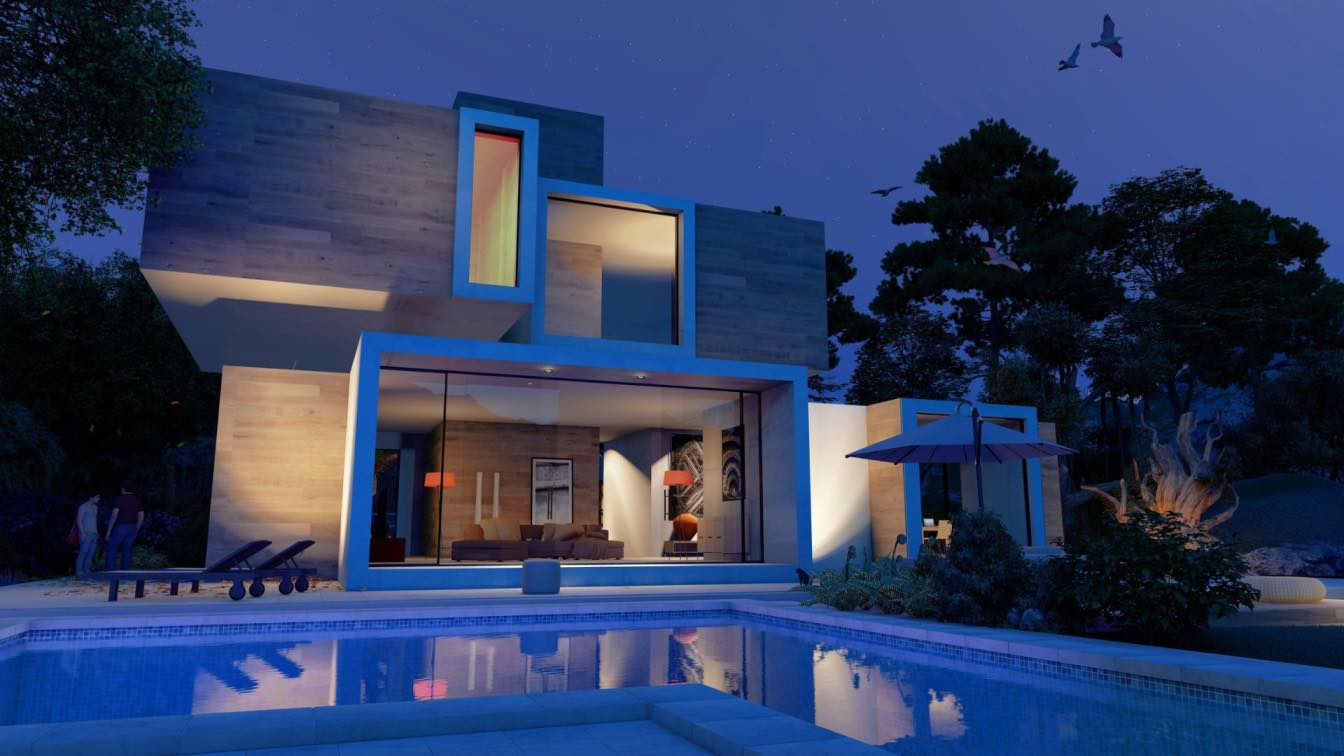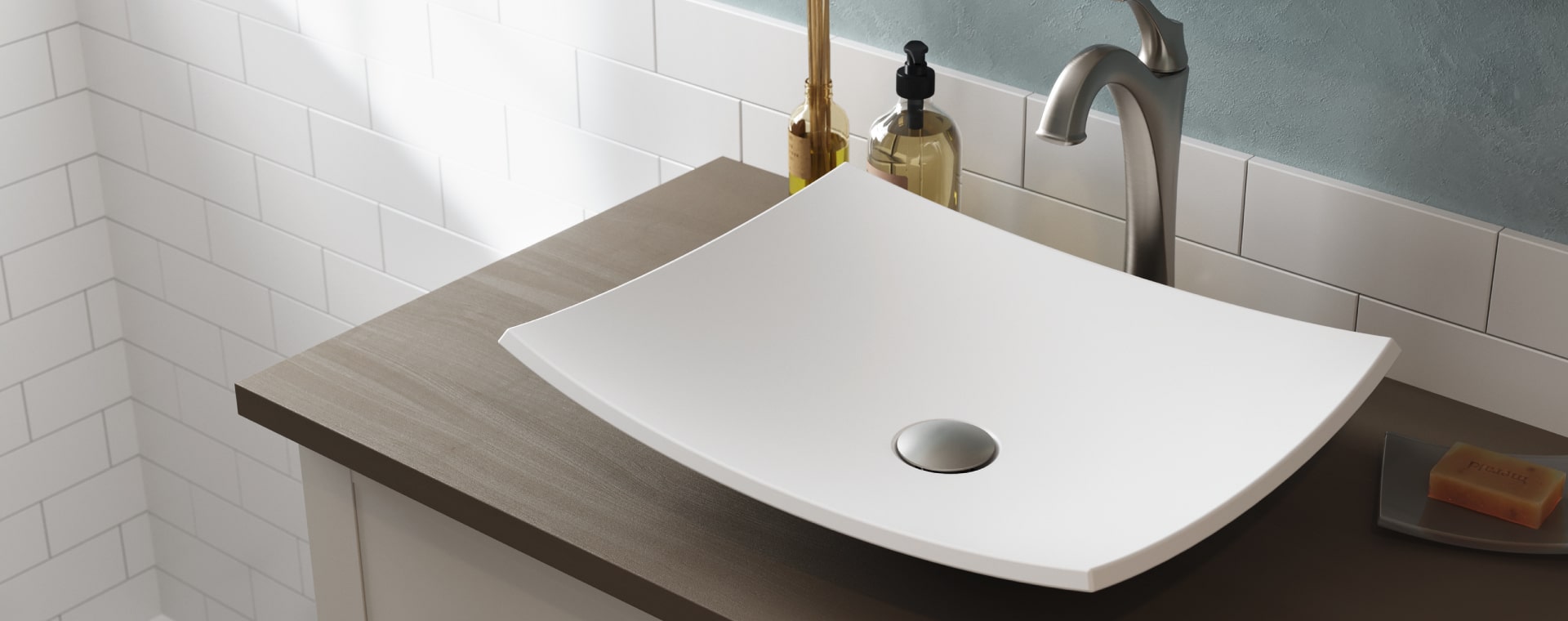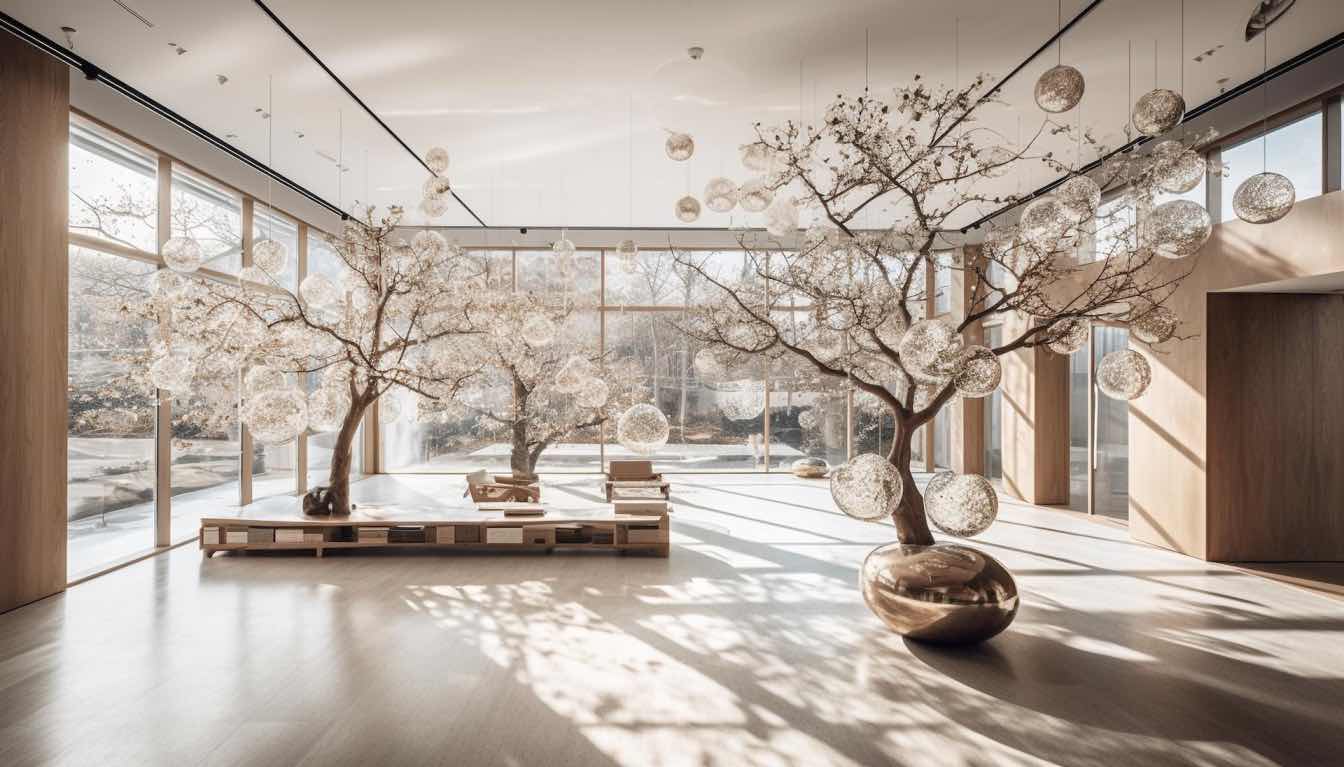The glass house concept is a modern architectural phenomenon that has generated buzz among architects and interior designers. This avant-garde design brings several advantages and disadvantages, making it a hotly contested topic within the industry. Read on to explore the pros and cons of a glass house concept and form an educated opinion on whether it’s the right choice for your next project.
The Pros of a Glass House Concept
Aesthetic Appeal and Modernity
Glass houses are undeniably eye-catching and make a bold statement in architecture. They are modern and minimalist, offering an innovative and futuristic alternative to conventional designs. The glass structure allows for a seamless blend of indoor and outdoor environments, creating a sense of unity with nature.
Improved Natural Light and Passive Solar Heating
One of the main advantages of a glass house is the abundance of natural light that can flood the interior. This lighting reduces the need for artificial lighting and makes the home seem more spacious and open.
Furthermore, glass houses can use passive solar heating to capture sunlight and convert it into heat energy. This results in significant energy savings for homeowners and reduces the residents’ carbon footprint.
The Cons of a Glass House Concept
Privacy and Security Concerns
A clear downside to living in a glass house is the lack of privacy with transparent walls. While all-glass walls may offer breathtaking views and abundant natural light, they also make residents feel exposed. Additionally, large glass panels may pose security risks, as potential intruders can easily survey the home’s contents.
Thermal and Energy Efficiency Issues
While using passive solar heating in glass houses can provide energy savings to an extent, the design can also lead to thermal inefficiencies. Large, exposed glass surfaces often result in overheating in the summer and heat loss in the winter, making temperature regulation challenging and potentially expensive.
Finding a Balanced Glass House Concept
A glass house has numerous benefits and downsides, but a way to get the best of both worlds does exist. Staying true to the glass house concept and having numerous walls made of glass ensures the house maintains its lighting benefits and aesthetic appeal. However, you should add opaque structures—such as a fireplace or wooden columns—in front of the windows to improve security by obscuring visuals.
For the roof, consider asphalt shingles, which help ensure the home’s interior doesn’t overheat in the summer. Furthermore, you can add to the glass house concept and reduce energy bills by capitalizing on a skylight’s energy efficiency for the roof. You’ll just need to ensure the skylight has the right size ratio to match the house.
A glass house is an interesting style of home that many people enjoy. Understanding the pros and cons of a glass house concept gives you a potential option for creating a living space that’s both elegant and functional.





